
Ford has a reputation for making solid, reliable vehicles. The Ford Focus is a very popular medium-sized family car. Whilst its sheer ubiquity may put some people off, the good news is that there are lots of Fords – and therefore lots of used car parts – around. This makes maintenance issues much easier.
The Focus range typically has excellent fuel economy (diesel is better with the larger engines, from 1.8 litre upwards – some of these can manage over 70mpg). It is also great to drive and very spacious. General consensus is you won’t be disappointed and repairs should be minimal.
Continue reading
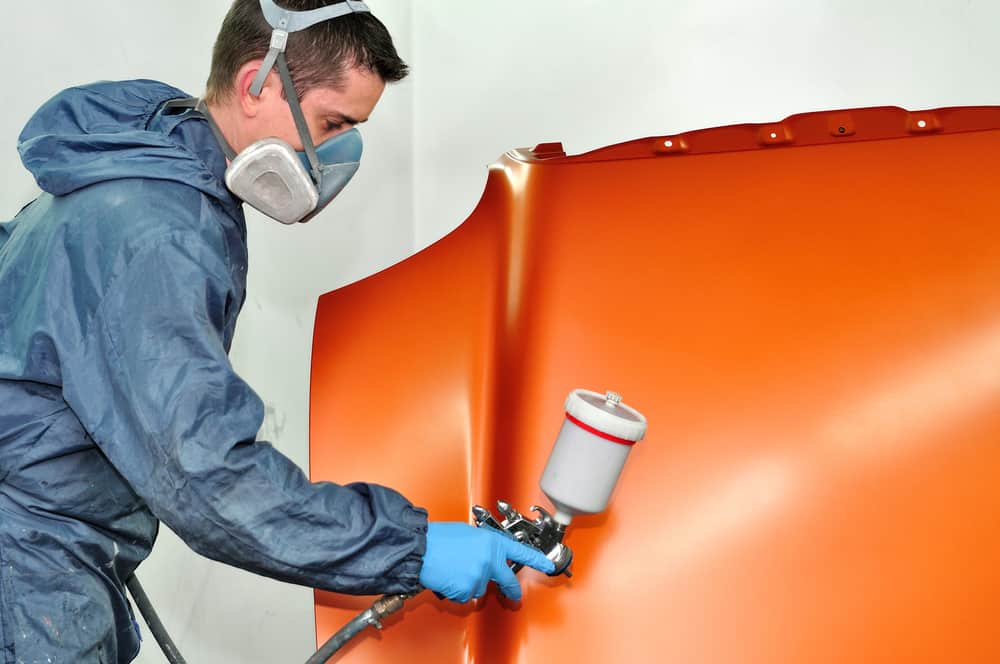
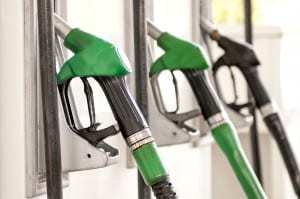
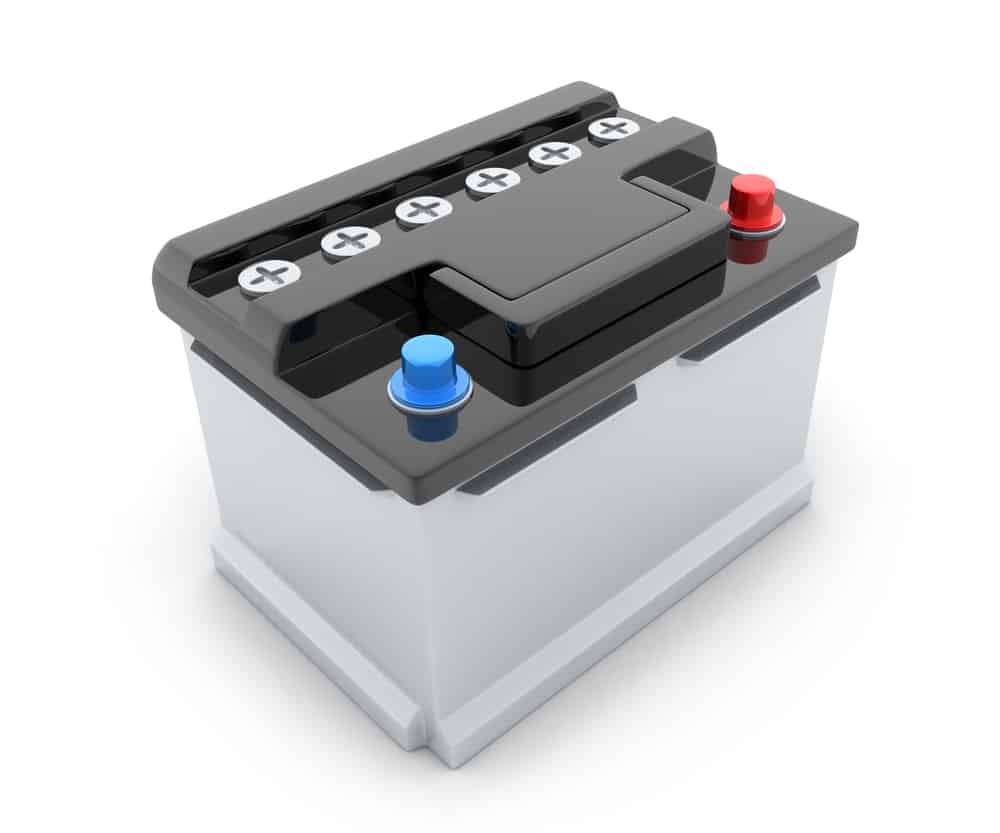
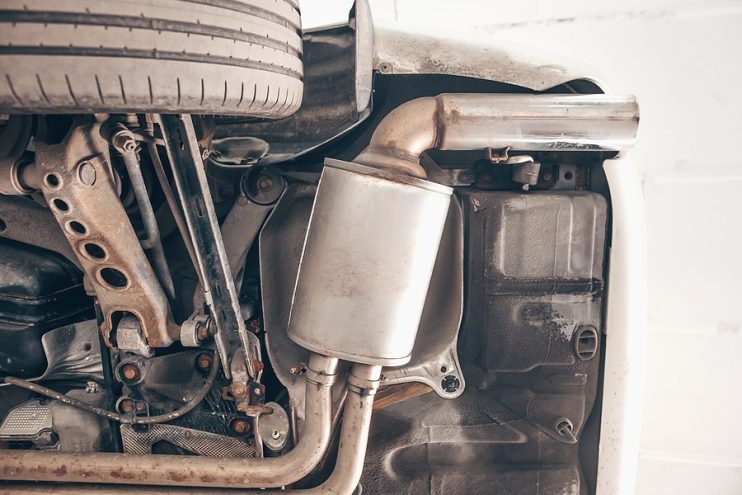
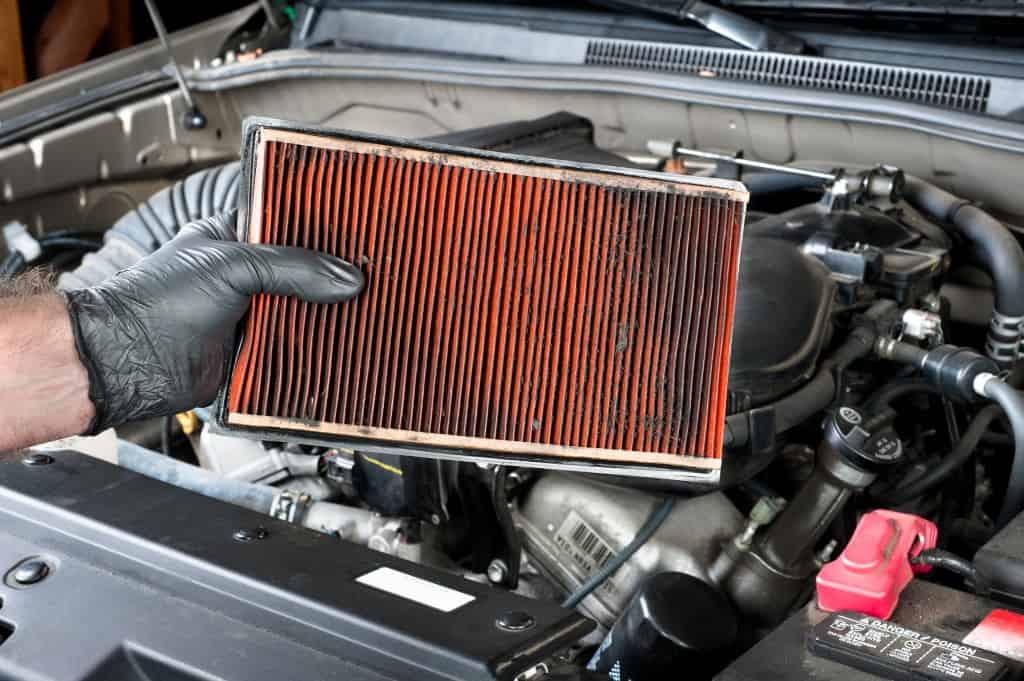
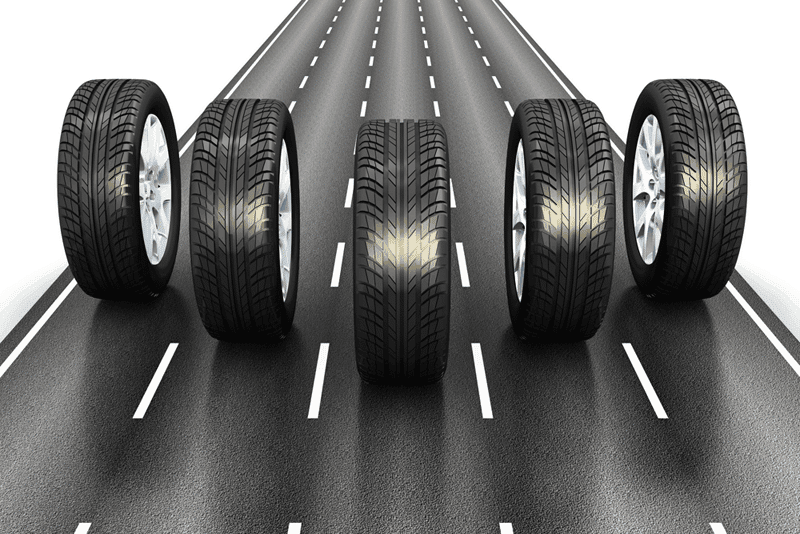


.png)